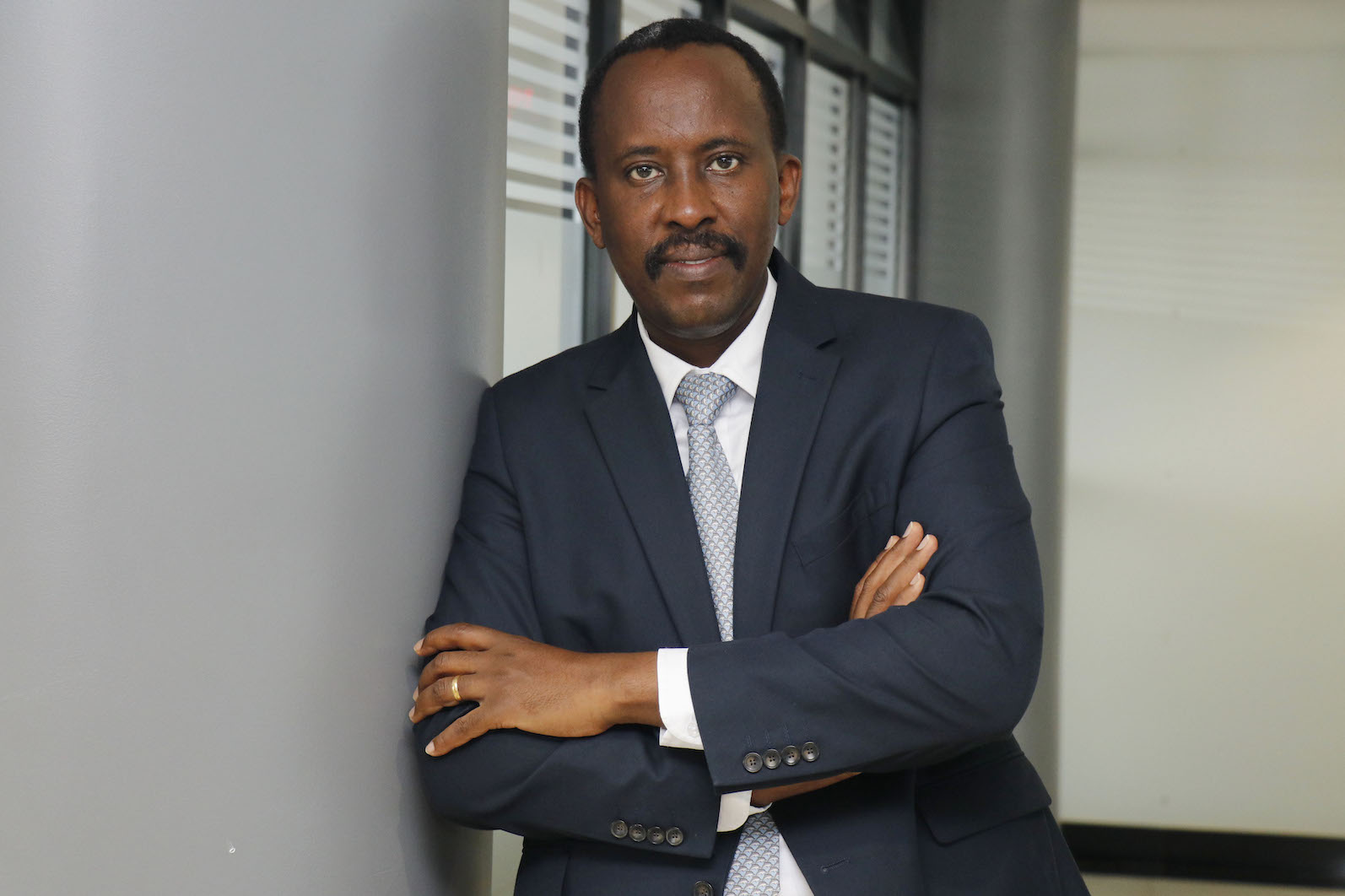Despite the fact that the global economy is undergoing a sharper-than-expected slowdown amidst lingering fears of a recession, Uganda Revenue Authority (URA) reported that net revenue collections for the nine…
MAN ON A MISSION: 3 years of John Rujoki Musinguzi at URA For the last three years, John Rujoki Musinguzi, the Uganda Revenue Authority (URA) Commissioner General has been on a mission to build a transformational revenue service that provides simplified, timely, reliable and convenient revenue services, in a friendly, patriotic, honest and professional way. CEO East Africa Magazine’s Executive Editor, Muhereza Kyamutetera analyses how this vision is shaping out⏤ numbers don’t lie.


